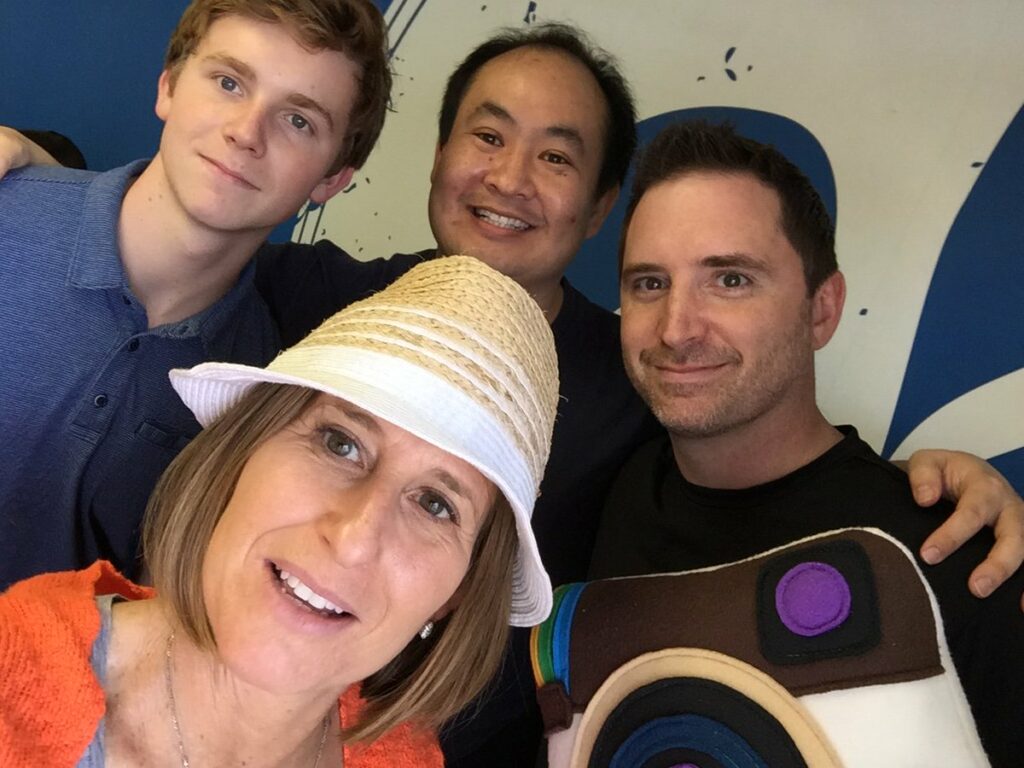Let the data guide you
Some random tweet of mine got 2,900 likes and 800 retweets. I could never have guessed it– it was nothing special. But that’s why you let the data guide your decision-making– not your own biased opinions. I’ve learned over the years that I’m a lousy winner-picker. So I let the algorithm do the work for […]
Let the data guide you Read More »
